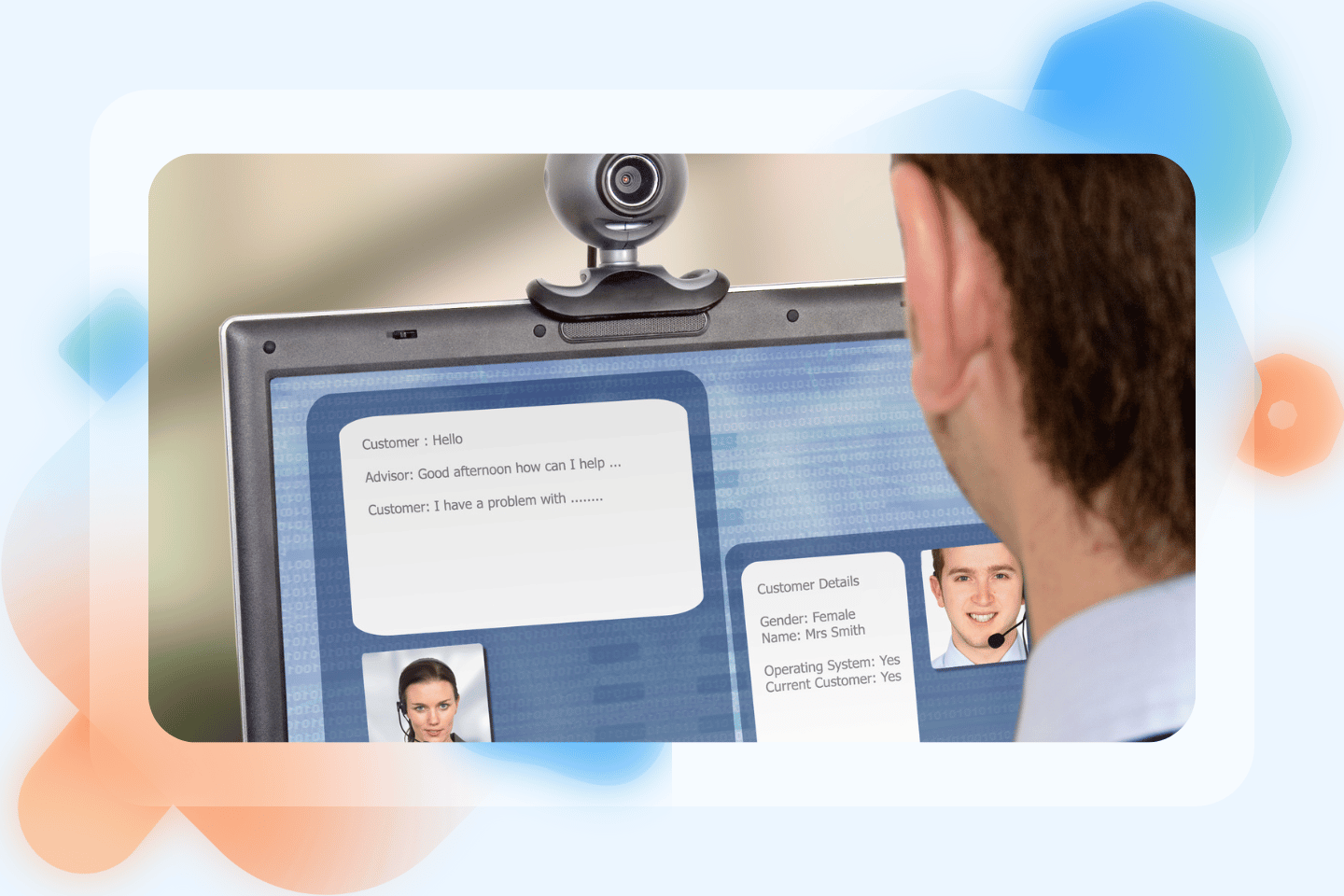Business owners of today know that customer retention is just as important as acquisition. Yet, what happens when valued customers start to slip away? This is where the power of a well-crafted customer winback campaign shines.
Reactivating former customers is a strategic move with great incentive and significant ROI potential—and a customer winback campaign can make this happen.
In this blog, we’ll tackle the world of customer winback campaigns, exploring why they’re crucial for businesses of all sizes and industries. Whether you’re planning to create a welcome back campaign or improve your current one, you can skip the guesswork with this guide.
Understanding customer winback campaigns

In a nutshell, a customer winback campaign is a strategic approach that businesses use to re-engage with either inactive or lapsed customers.
Let’s get this straight before we move on—It’s not just a message about rekindling old relationships. It’s about reigniting interest, restoring trust, and ultimately boosting your bottom line.
Winback campaigns leverage past customer data and behaviors to create personalized and enticing offers to get customers back. Think of them as the hidden ace up your sleeve.
Why do winback campaigns matter?
Consider this: it’s far more cost-effective to win back a former customer than to court a new one. Your past customers already know your brand and what you stand for, meaning less groundwork and a shorter path to re-engagement. And when you successfully win back a customer, you’re not just making a one-time sale; you’re potentially enhancing their lifetime value, making them more likely to stick around for the long haul.
By reactivating inactive customers, businesses can:
- Maximize lifetime value: Reactivating existing customers can lead to increased lifetime value as compared to constantly acquiring new customers.
- Reduce churn: Winback campaigns help reduce churn rates by addressing customer dissatisfaction or disengagement issues.
- Boost revenue: Reviving relationships with past customers can result in immediate revenue boosts, especially if these customers were high-value in the past.
3 key components of a successful winback campaign
A successful winback campaign typically includes the following key components:
- Segmentation: This involves dividing inactive customers into segments based on behavior, purchase history, and engagement level to tailor personalized offers. After all, more than 70% of marketers shared that targeted personalization helps increase overall engagement.
- Personalized offers: Using the same data helps create compelling offers tailored to each segment’s preferences and past interactions to re-ignite interest.
- Compelling messaging: Crafting persuasive and empathetic messaging that addresses customer concerns helps showcase value and encourage action.
How to create an effective customer winback campaign

Step 1: Identify inactive customers
First, it’s time to pinpoint your inactive customers. How many are they and who are they? Use data analytics and customer segmentation to identify your lapsed customers. That way, you can strategize accordingly. Two quick tips to remember:
- Review purchase history, engagement metrics, and interaction patterns.
- Segment customers based on their level of inactivity (e.g., recently inactive, long-term inactive).
Step 2: Understand reasons for inactivity
Determine why customers became inactive to tailor personalized offers effectively. You can do this by:
- Conducting surveys or feedback analysis to understand customer dissatisfaction or disengagement reasons.
- Identifying common trends or issues leading to inactivity.
Step 3: Craft personalized offers
Once you’ve identified your inactive subscribers, it’s time to develop compelling offers and incentives to re-engage with them. Did you know that 4 out of 5 marketers seeing a positive ROI when they use personalization in campaigns? Remember to:
- Customize offers based on customer preferences, past purchases, and feedback. Even a simple subject line with the customer’s name on it can already do so much in creating a personal connection.
- Include time-sensitive promotions or exclusive benefits to create urgency in your win back campaigns.
Step 4: Design multichannel communication
Plan a multichannel win back campaign strategy to reach inactive and lapsed customers effectively. Utilize email marketing, social media ads, SMS, and personalized landing pages. Coordinate your messaging across channels for consistency and impact.
Step 5: Implement testing and optimization
A/B test different elements of your win back campaign for optimal results. Test subject lines, offer variations, and call-to-action (CTA) buttons. Analyze performance metrics and adjust strategies based on data insights.
Step 6: Monitor and measure results
Track the effectiveness of your winback campaign and measure key performance indicators (KPIs). Monitor open rates, click-through rates (CTR), conversion rates, and customer reactivation rates. Use analytics tools to gain insights into customer behavior and campaign performance.
7 tips for implementing winback campaigns

Re-igniting customer interest and loyalty requires strategic planning and execution. Here are some actionable tips to ensure the success of your winback campaigns:
- Craft compelling subject lines for your email marketing campaigns. Grab the attention of inactive customers with engaging and personalized subject lines. A compelling email subject line that teases a special offer inside can significantly increase email open rates for inactive email subscribers.
- Create enticing offers such as discounts, exclusive promotions, or loyalty rewards to motivate inactive customers to re-engage.
- Create a sense of urgency. Incorporate time-sensitive offers or limited-time promotions to encourage immediate action from inactive customers.
- Optimize for mobile. Ensure that your winback campaigns are mobile-friendly and optimized for different devices. A seamless mobile experience can improve engagement rates.
- Utilize social proof. Include customer testimonials, success stories, or social proof in your win back communications to build trust and credibility.
- Plan follow-up messages or reminders for inactive customers who haven’t responded to your initial winback efforts. Creative ideas and persistence can lead to re-engagement.
- Continuously monitor the performance of your win back campaigns and analyze business metrics such as conversion rates and customer feedback. Use insights to iterate and improve your strategies over time.
How can you measure the success of your winback campaign?

Let’s talk about success. How will you know if your winback campaign is hitting the high notes or falling flat? It all comes down to setting specific goals and KPIs, such as:
- Reactivation rates
- Email opens
- Click-through rates
- Sessions
These performance indicators provide you with the metrics you need to gauge your campaign’s impact. Analyzing customer data gives you insights into why customers disengage in the first place, allowing you to tailor your strategy more effectively. And, of course, ongoing monitoring, testing, and tweaking are paramount to maintaining a campaign that continues to captivate and convert.
Engagement metrics
Open rates, click-through rates, and conversion rates help us understand the nuances of lapsed customer behavior and how they’re responding to our engagement email winback efforts. While email open rates have been a traditional metric, their reliability as a measure of engagement is being questioned, pushing us to focus on metrics based on more tangible interactions.
Indeed, research shows that approximately 45% of customers who open a win back email are also more likely to open future win back emails too—suggesting that the right campaign can lead to prolonged engagement and a revived relationship with the brand.
Customer retention and churn rates
While engagement tells us about the immediate impact of our campaign, customer retention and churn rates offer a broader view of its long-term effectiveness.
- Churn rate, the measure of customers who discontinue their relationship with the company, serves as a key indicator of how well you are maintaining our customer base.
- Conversely, the retention rate tells us the percentage of customers who stick around, giving us a glimpse into the “stickiness” of our brand and the loyalty of our customers.
Win back your customers with effective win back strategies

In a nutshell, here’s the key takeaway: Implementing a well-crafted customer winback campaign can be a game-changer for your business. By re-engaging with inactive customers and nurturing relationships, you not only boost revenue but also foster long-term loyalty and advocacy.
If you’re ready to take your winback strategies to the next level and see real results, don’t hesitate to reach out to LTVplus. Our team of experts is here to help you design and execute impactful winback campaigns that drive growth and customer retention. Contact us today and let’s ignite your customer relationships for lasting success!




